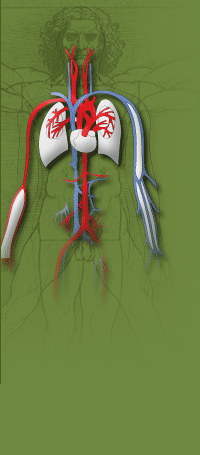|
There has long been a recognition that maintaining vascular access for hemodialysis is not only critical for successful hemodialysis, but it is difficult, prone to frequent failure, costly, and frustrating for patients, nephrologists and surgeons alike. No method of obtaining access is perfect, but examination of evidence prompted the Vascular access committee of the National Kidney Foundation Dialysis Outcomes Quality initiative (DOQI) to state that AV fistulas represented the best form of access in patients in whom they could be constructed, and that an important goal in improving quality of care in this patient population would be the achievement of a 40% prevalence rate for fistulas use. Although there is debate about the feasibility of this benchmark, the Center for Medicare Services (CMS) has contracted with the center for health care improvement, and the renal Network Regional centers in an effort to raise the percentage of fistulas in the US to that 40% by 2006. There has been an increase in the percentage of fistulas since the DOQI recommendations and guidelines were published, but it is clear that progress has been flat in Region 11 (the Dakotas, Minnesota, Wisconsin and Michigan – see graph this page), and nationally. Based on these trends, it seems unlikely that the goal will be reached without a significant change in the current approach to this problem. 
Fortunately, strategies to increase the number of fistulas do exist:
The National Vascular Access Improvement Initiative (NVAII) is a joint effort of the Center for Medicare services (CMS), the Institute for Healthcare Improvement and the National Renal Network. The eighteen renal Network regions have been mandated to conduct projects to increase the percentage of patients dialyzed with a fistula to the benchmark by 2006. |
| Return to patient education page |
 |
||||||||||||
|
|
||||||||||||
|
||||||||||||

